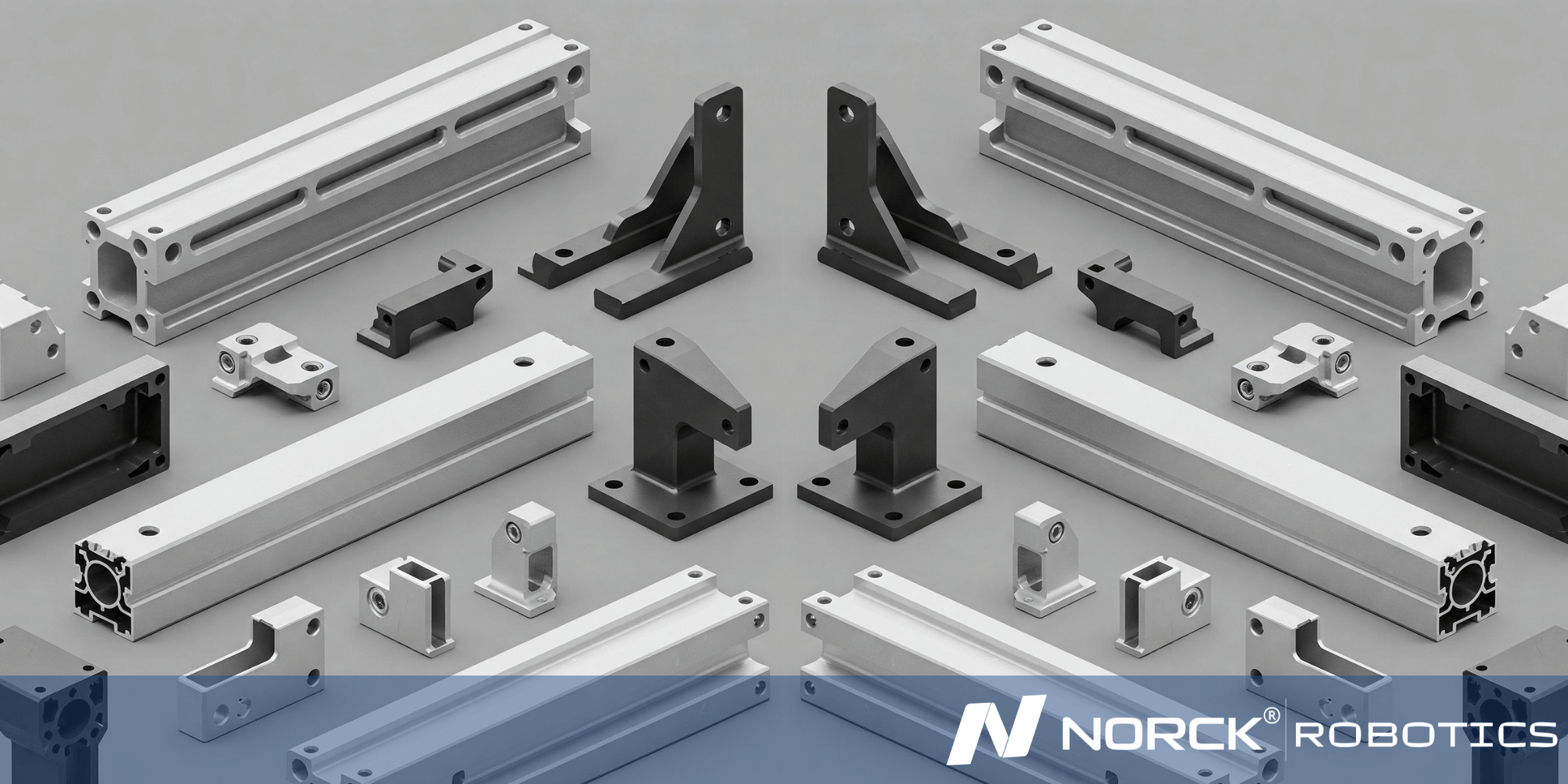
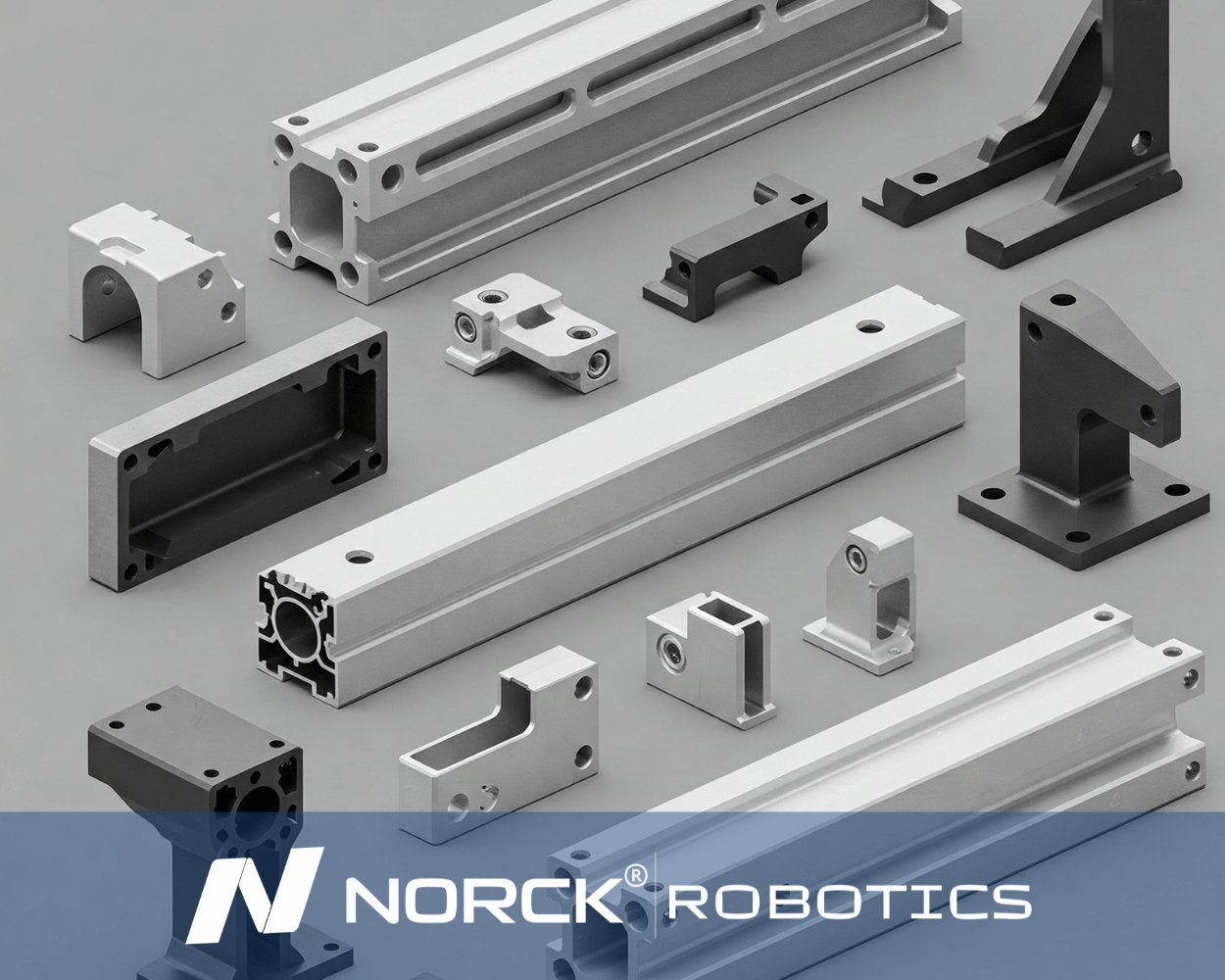
Structural Profiles and Brackets are essential factors of the design of robot systems, modular automation cells, and lab benches. Aluminum T-slot profiles may be designed fast as flexible and light-weight structures which deliver flexibility to assemble long lasting structures which are easy to conform and construct. Precision CNC machined brackets provide a solid and accurate joint and fix at each connection, providing integrity in the overall stability and alignment of the system. Where additional strength is required, and reducing weight is beneficial, carbon fiber composites can work as advanced structural link elements for even better stiffness and conformance. Together, these materials and components allow robust, modular and scalable construction of robotic platforms, depending on the needs of a user in a range of industrial and research applications.
Ready to automate your future? Get a quote from Norck Robotics now!
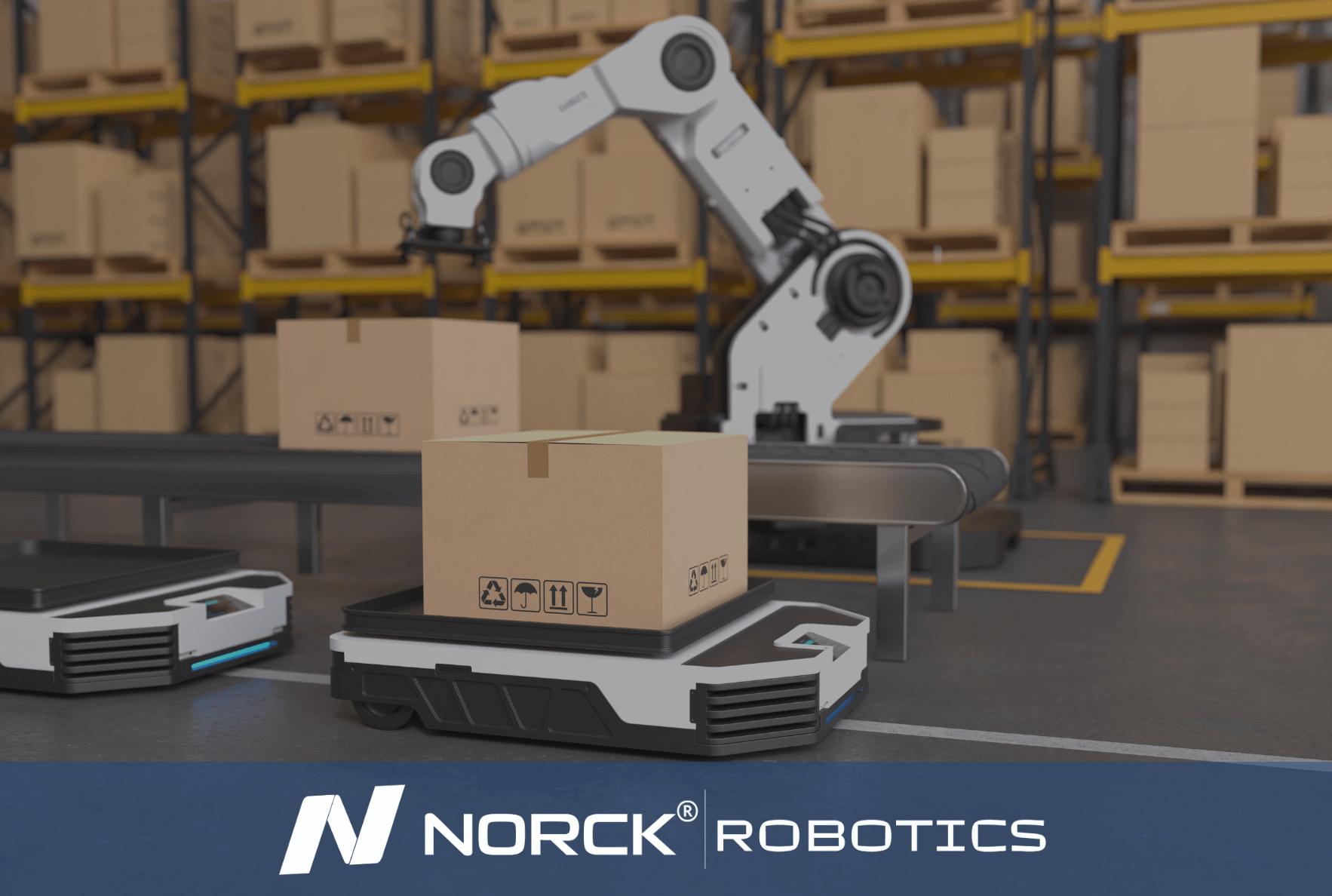
Norck Robotics specializes in providing unique robotic automation and engineering solutions designed to meet the specific operational needs of each client. Our expertise covers a wide range of industries and applications.
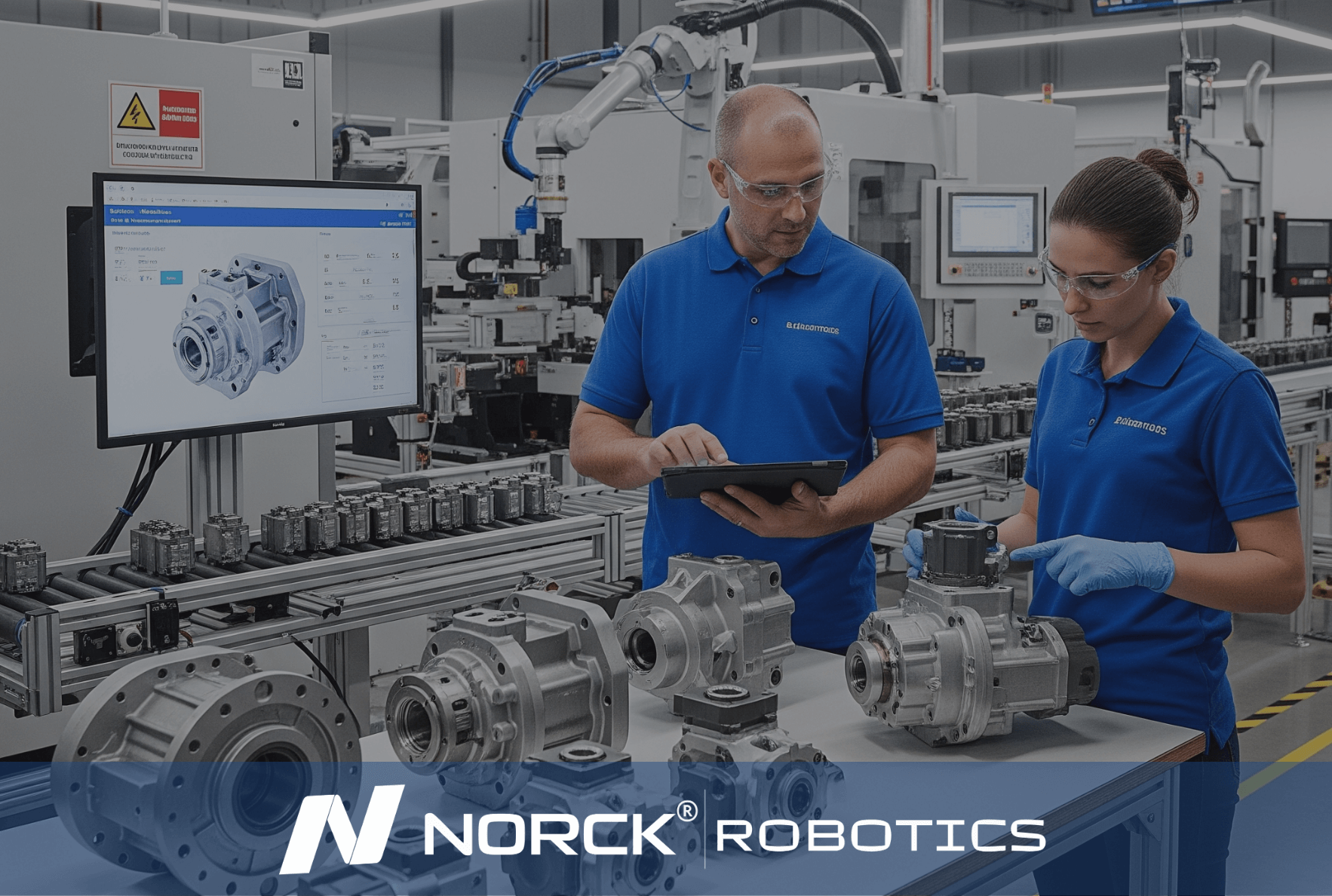
Norck Robotics delivers turnkey robotic automation and engineering solutions tailored to your specific needs across various industries.

Whether you need a single robotic cell prototype or full-scale factory automation, Norck Robotics engineers are ready to collaborate with you to bring your concept to life.

Norck Robotics engineers analyze your existing processes to provide feedback that enhances efficiency, cost-effectiveness, and productivity for robotic integration.
T-slot profiles offer significant mounting flexibility because they allow various components to be easily added and moved up and down each slot without having to drill new holes.
They offer modular assembly so you can easily add, remove or adjust parts.
The flexibility is valuable to allow for prototyping and customization in robotic frames and automation cells.
The profiles allow for secure, strong connections yet allow for the future adjustment of parts.
They provide consistent levelness and structural integrity despite change after change.
They allow for components like sensors, brackets and panels to be switched around without having to disassemble the frame and start from scratch.
T-slot systems can accommodate a large variety of accessories such as connectors, fasteners and linear position guides.
They typically will save on time and costs during assembly, as the parts are simpler to construct and reconfigure.
The profiles allow for modularity and scale, so you can easily add or subtract components to the robotic system.
A nut travels along the screw (or the carriage along the rail), turning rotary torque into linear thrust. Integrated limit switches or magnetic sensors stop travel at stroke ends.

In addition to its own expert engineering team, Norck Robotics provides access to a network of hundreds of top-tier system integrators, robot manufacturers, and component suppliers across the United States, Germany, and Europe.

Working with Norck Robotics reduces dependency on manual labor, increases production consistency, and secures your operations against unforeseen disruptions, quality issues, and fluctuations. This enhances your company's supply chain resilience.
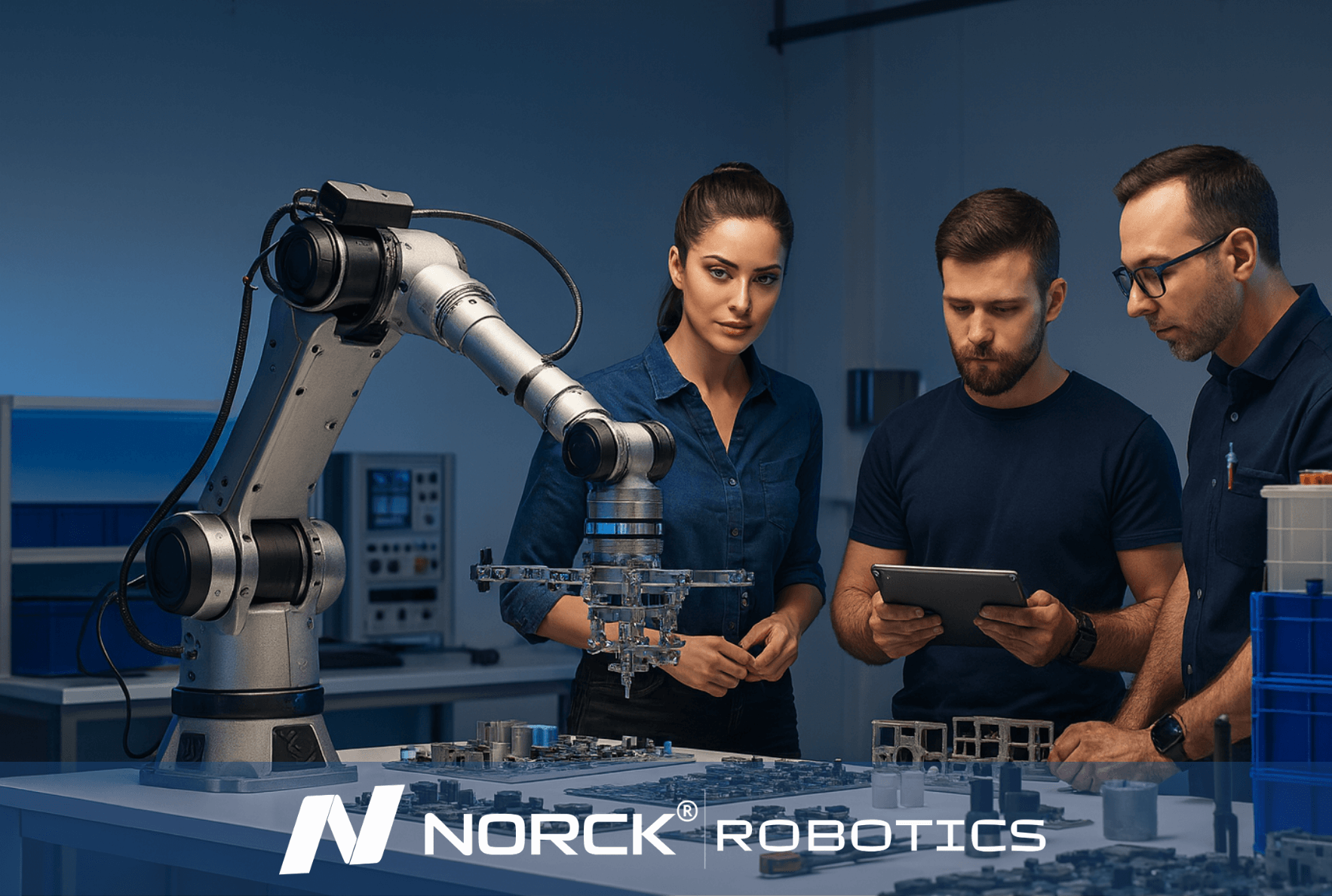
Norck Robotics advances digital automation by developing custom-designed robot grippers, advanced vision systems, and innovative simulation software. With an AI-driven, data-centric approach, it enables smarter system design, optimal performance, and predictive maintenance solutions.
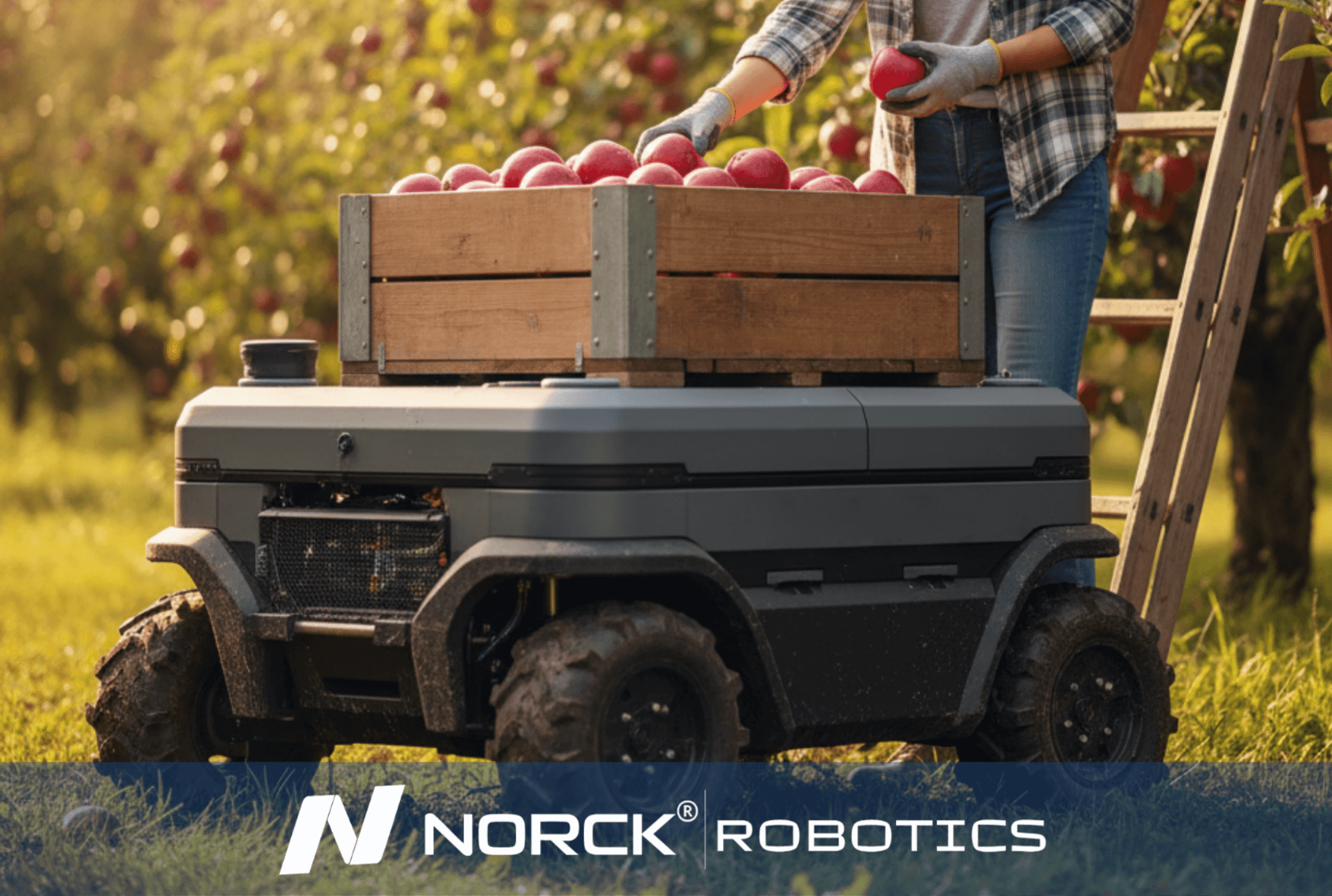
Norck Robotics encourages its partners to be carbon-neutral by reducing energy consumption and material waste through the efficiency of robotic automation, and prioritizes environmentally conscious suppliers.
It is important to use precision CNC machined brackets at any structural and practical point in a robotic device in which structural tension and accurate positioning or alignment is important. They are often used within the following locations:
These brackets will reduce any potential for misalignment, reduce assembly errors, and maintain the level of mechanical accuracy necessary for high-level robotic systems.